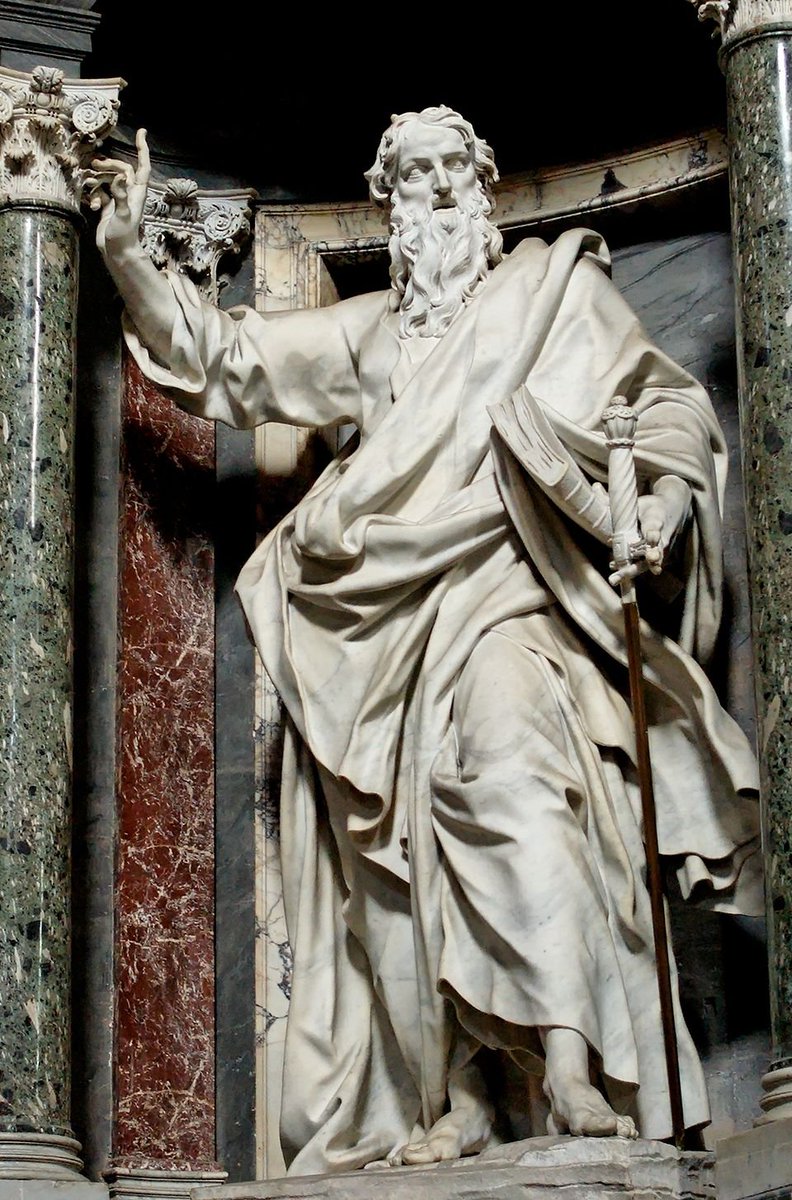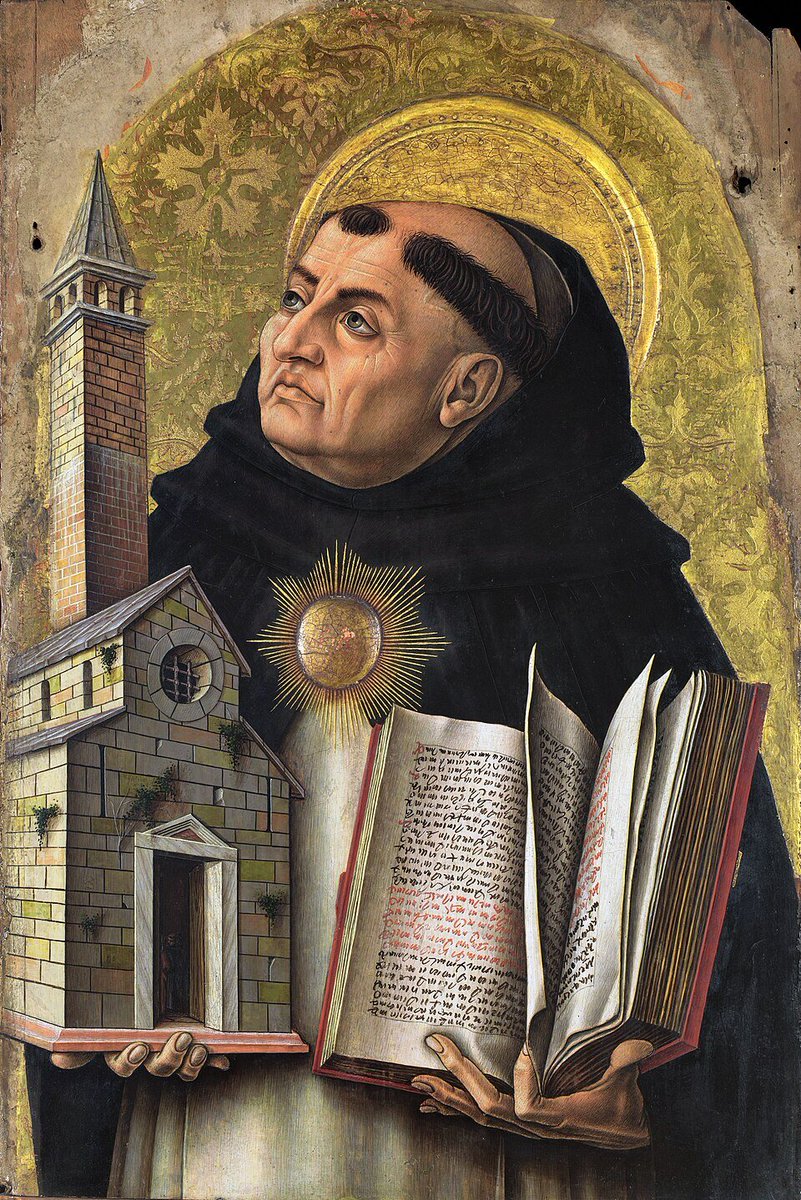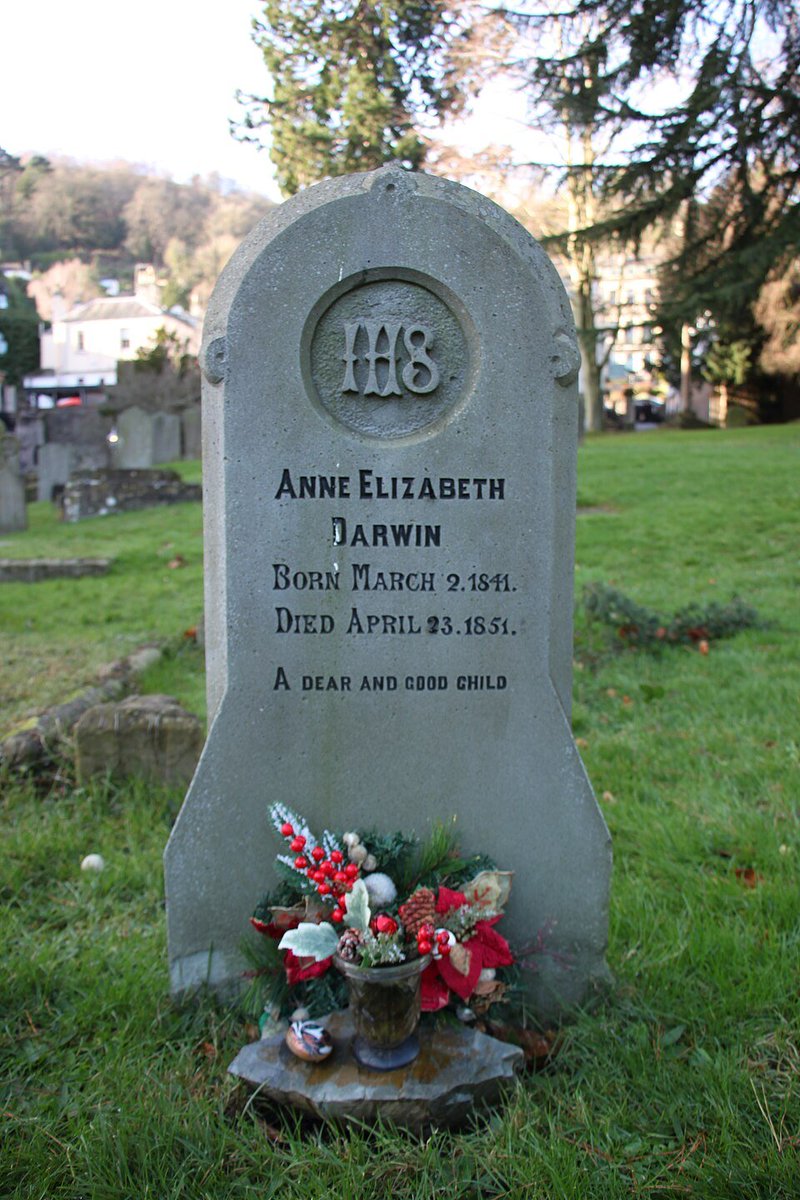Ancient Greeks crafted mythological creatures to embody the chaos of nature and the human psyche.
These beings, as varied as their imaginations, helped them navigate the complexities of existence. 🧵⤵️
These beings, as varied as their imaginations, helped them navigate the complexities of existence. 🧵⤵️

1. Minotaur - Symbol of chaos and violence, confined within the labyrinth, the Minotaur’s story explores themes of ingenuity and bravery through Theseus's quest to defeat it. 

2. Cerberus - As the guardian of the Underworld, Cerberus represents the final barrier between life and death, preventing the dead from leaving and the living from entering without permission. 

3. Sphinx - Known for her riddles, the Sphinx's encounters with Oedipus highlight themes of destiny and intelligence, crucial elements in the myth of Theban drama. 

4. Gorgons - Especially Medusa, embody the concept of danger and protection, as Medusa’s head was used by Perseus as a weapon to turn enemies to stone. 

5. Satyr - Associated with Dionysus, satyrs symbolize unbridled freedom, fertility, and the natural forces of the wild, reflecting the primal aspects of human nature and indulgence. 

6. Cyclops - These one-eyed giants symbolize brute force and primitive power, often portrayed as both craftsmen and destructive beings in various myths. 

7. Harpies - As spirits of wind and agents of punishment, they represent the swift and often harsh justice meted out by the gods, enforcing divine will upon mortals. 

8. Chimera - Represents hybrid terror and the inexplicable nature of the universe, often encountered in hero myths as a challenge to be overcome, symbolizing the victory of civilization over chaos. 

9. Nymphs - These personifications of natural elements highlight the Greeks' reverence for nature and its beauty, often involved in the tales of gods and heroes, symbolizing fertility and the pastoral ideal. 

10. Pegasus - The winged horse stands for poetic inspiration and heroic quests, symbolizing transcendence, freedom, and the pursuit of glory. 

11. Phoenix - Often seen as a symbol of rebirth and immortality, the phoenix represents transformation and renewal, emphasizing the cyclical nature of life and the potential for growth and rebirth through trials. 

12. Hydra - A multi-headed serpent where each decapitated head regrows multiple others, symbolizing the unending battle against adversity and the idea that some struggles become more complex over time. 

13. Hecatoncheires - These hundred-armed giants signify the overwhelming power of natural forces, their loyalty to Zeus and role in the Titanomachy symbolize the chaos of primordial times. 

• • •
Missing some Tweet in this thread? You can try to
force a refresh























